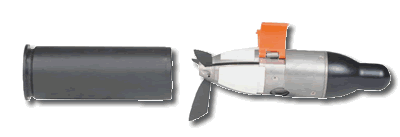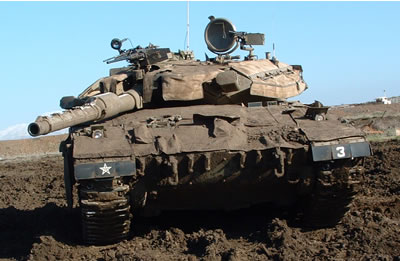 FIREFLY, under development at RAFAEL is a miniature intelligence gathering projectile weighing 145g and launched from a standard M203 grenade launcher. The projectile is designed as a sub-caliber munition, 38mm in diameter and 155mm in length. When launched over a typical 600-m range, FIREFLY flies an 8-second flight, and transmits real-time photos of the area lying directly below. FIREFLY provide small infantry units with organic capability for tactical intelligence gathering. The system provides quick orientation awareness, including threat and armed/unarmed personnel identification. FIREFLY is suitable for operation in any terrain, including urban area.
FIREFLY, under development at RAFAEL is a miniature intelligence gathering projectile weighing 145g and launched from a standard M203 grenade launcher. The projectile is designed as a sub-caliber munition, 38mm in diameter and 155mm in length. When launched over a typical 600-m range, FIREFLY flies an 8-second flight, and transmits real-time photos of the area lying directly below. FIREFLY provide small infantry units with organic capability for tactical intelligence gathering. The system provides quick orientation awareness, including threat and armed/unarmed personnel identification. FIREFLY is suitable for operation in any terrain, including urban area.
The projectile is equipped with two CCD cameras. Throughout its flight, the video cameras record the ground scene lying directly under its trajectory. The video stream is transmitted in real-time to the operator in the field. Video can be viewed in real-time, recorded and analyzed on the PocketPC / PDA console or transmitted to other users, via wireless communications to other pocket PC.
The console is comprised of a standard pocket PC, coupled to a portable add-on receiver and antenna. The system is in an advanced stage of development and has passed firing tests which have proven concept worthiness.

















